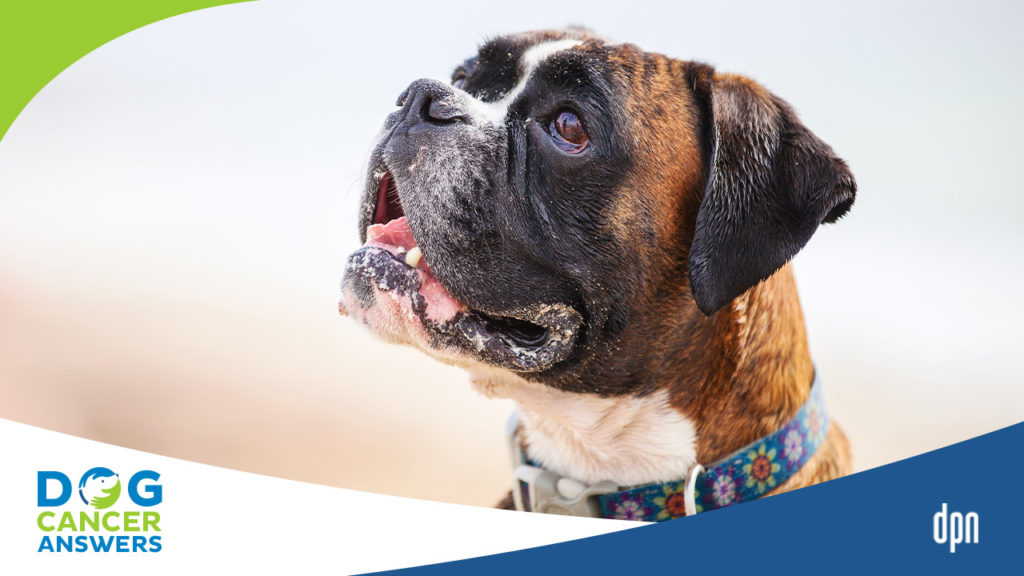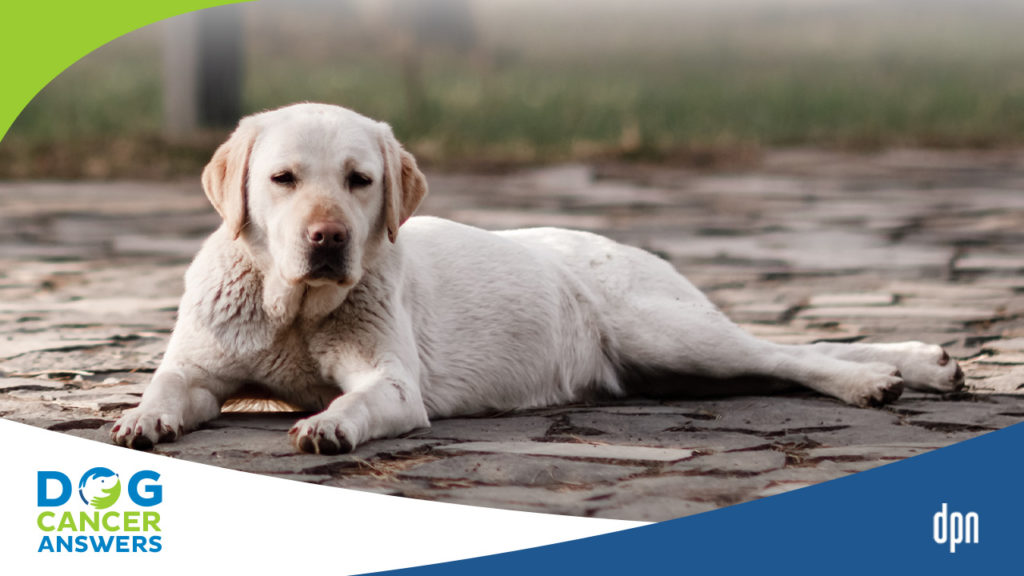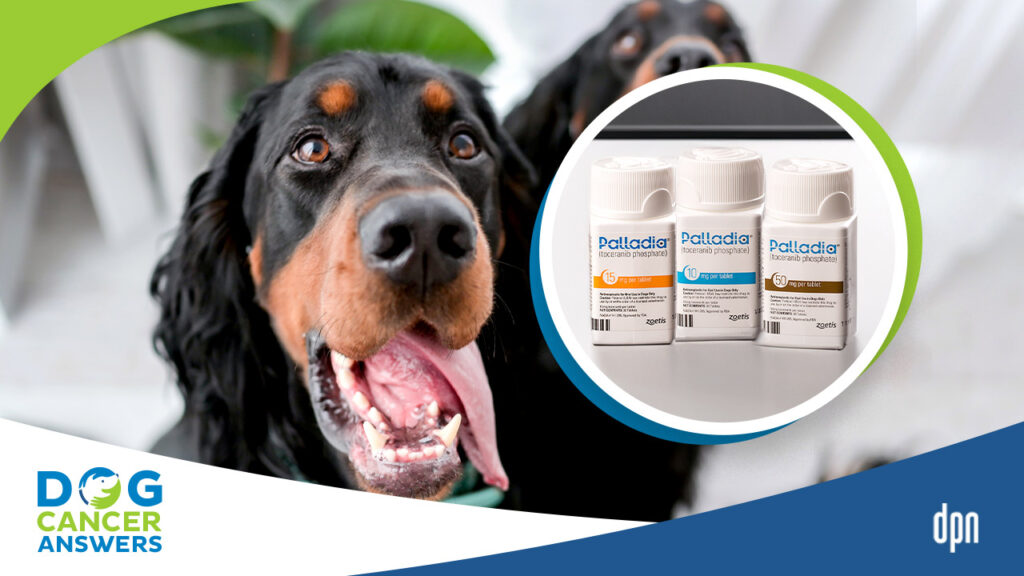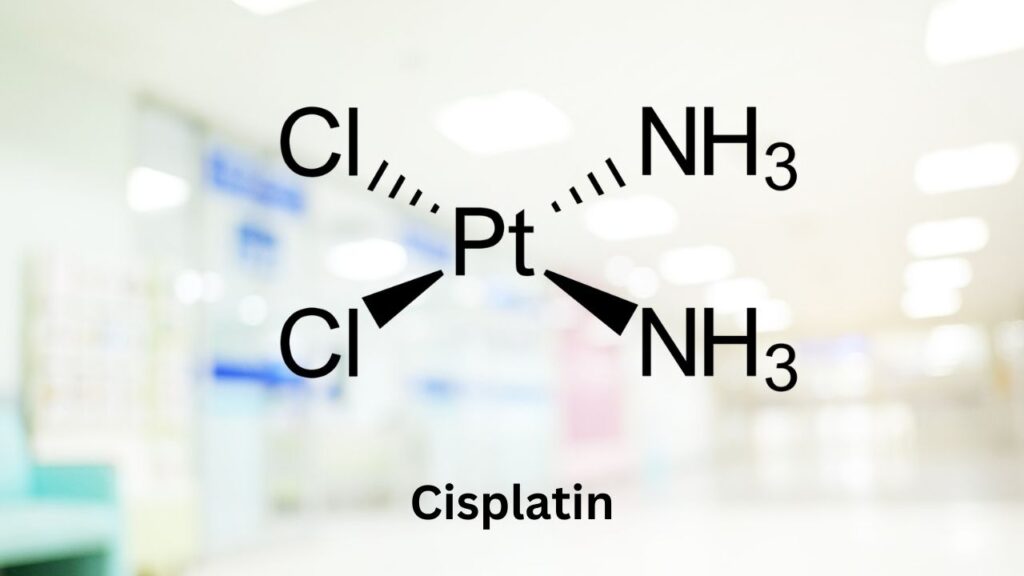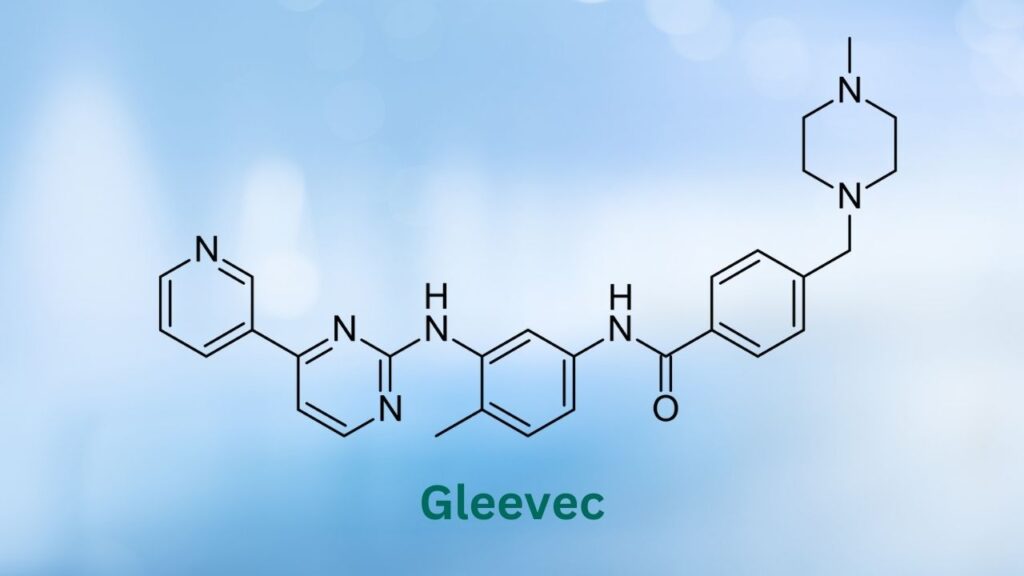Palladia for dogs (toceranib phosphate) is a medication developed specifically for dogs. The FDA approved this oral drug you give at home in 2009.
Key Takeaways
- While there are no guarantees, Palladia has helped dogs live longer than without treatment.
- Palladia is approved for use in grade II and III mast cell tumors, and it may help slow growth, keep growth stable, or sometimes shrink tumors.
- Palladia has also shown promise for treating other cancers, including heart base tumors, gastrointestinal stromal tumors, pheochromocytoma, and various solid tumors.
- Palladia, like any chemotherapy, is not considered a cure. However, it can buy you good quality time with your dog while your dog tolerates it. Dosage adjustments may be necessary at the beginning, middle, or end of using Palladia.
- Side effects from Palladia can happen, although it may be a while before they show up. The most common side effects are diarrhea or bloody stool, decreased appetite, vomiting, lethargy, lameness, weight loss, and pigment changes in the hair and skin.
What Is Palladia?
Toceranib phosphate is an oral tablet that has FDA approval as an antineoplastic (anti-cancer) agent.1 Veterinarians use Palladia for dogs with many types of cancer.
It was originally approved for treating grade II and grade III mast cell tumors, with or without evidence of spread to the lymph nodes.2 Additional veterinary studies have found additional promising uses for this medication.2
Most chemotherapy drugs used in veterinary medicines were originally approved for human use. Toceranib phosphate is a little unusual in that it was developed as a veterinary product. 2
Brand Names
Palladia® is the brand name of Toceranib phosphate.
Dr. Megan Duffy, veterinary oncologist, explains all about Palladia's use in "weird" tumors after a decade of use in dogs with cancer.
How Palladia Works
Palladia inhibits (stops or slows down) the activity of the enzyme tyrosine kinase.
Doing so limits the growth of tumors, decreases the recruitment of new blood vessels to tumors (anti-angiogenesis), and limits the spread of tumor cells (metastasis).2
Common Uses for Palladia
Although toceranib phosphate was initially approved to treat mast cell tumors in dogs, it is showing promise for other cancers as well.
Mast Cell Tumors
Toceranib phosphate is approved for treating grade II or III mast cell neoplasia with or without regional spread to lymph nodes. 1,2
Heart Base Tumors
A 2019 study retrospectively evaluated the use of toceranib phosphate in 28 dogs with heart base tumors.
The study noted a 10% response rate and 90% of the dogs showed improved clinical signs after starting treatment.3
- That means that 10% went into remission, and 90% showed signs of improvement in symptoms.
- For 81% of dogs, the symptoms completely resolved.
Gastrointestinal Stromal Tumors
A small retrospective study of seven dogs with gastrointestinal stromal tumors reported that 71% demonstrated benefit from toceranib therapy.4
Pheochromocytoma
In a small 2018 study, five dogs received Palladia for a pheochromocytoma. One demonstrated a partial response, and the remaining four had stable disease for 11-36 weeks.5
Assorted Solid Tumors
A 2012 study assessed the use of Palladia in 85 dogs diagnosed with apocrine gland anal sac adenocarcinoma, head and neck carcinoma, metastatic osteosarcoma, nasal carcinoma, and thyroid carcinoma.
Nearly three-quarters (74%) of the dogs studied demonstrated a clinical benefit of either partial response (tumors shrinking), stable disease (tumors remaining the same, not getting bigger), or complete response (tumors going away).
This was an initial study, so more research is needed.6
Safety and Side Effects of Palladia for Dogs
The most common side effects that dogs experience while taking Palladia are:1,2
- Diarrhea or bloody stool
- Decreased appetite
- Vomiting
- Lethargy
- Lameness
- Weight loss
- Pigment changes
Side effects can range from mild to severe.
If your dog experiences side effects from toceranib phosphate, call your veterinarian or oncologist to determine whether your dog should continue therapy. Decreasing the dose may help to resolve side effects, but do not adjust doses without checking with your veterinarian.
When to Not Use Palladia for Dogs
Toceranib phosphate may impair wound healing. Your veterinarian will guide you on how to discontinue use before surgery.2
Do not use in dogs used for breeding or pregnant or lactating dogs.1
The following medications have been reported to interact with toceranib adversely or may have adverse reactions in dogs. This does not mean that they cannot be used together. However, you should consult with your veterinarian regarding the use of toceranib with these medications:2
- Calcitriol
- Non-steroidal anti-inflammatory drugs (NSAIDs)
- CYP3AQ4 inhibitors (clarithromycin, fluconazole, grapefruit juice, itraconazole, ketoconazole, verapamil)
- Other chemotherapeutic drugs
How to Give Palladia
Palladia is generally dosed orally on every other day or every third-day schedule.2
Weekly veterinary monitoring is usually recommended for the first six weeks and then every six weeks afterward.1,2 Your veterinarian will monitor your dog’s:
- red blood cell count and white blood cell count
- kidney function
- phosphorous levels
- serum protein levels
These tests will be regularly monitored. 1,2 Changes in these laboratory values may influence whether you continue to give this medication.
Gastrointestinal bleeding or diarrhea may also be reasons for your veterinarian to discontinue toceranib phosphate. 1
Do not just stop giving Palladia; discontinuation should always be under the advice of your veterinarian. Your veterinarian might not stop Palladia altogether but instead “pause it” until the abnormal lab values or gastrointestinal signs resolve. Dosages may also be reduced, so your dog has fewer side effects.1,2
Your veterinarian may also monitor your dog’s blood pressure, thyroid level, full chemistry panel, and urine protein:creatinine ratio.2
What If I Miss a Dose of Palladia?
If a dose is missed, ask your veterinarian for further instructions.
Storage and Handling of Palladia
Even though it is given at home, Palladia is still a drug, and you should take precautions to avoid exposure.
- Store at room temperature, out of the reach of children and pets.2
- Wear gloves when handling Palladia or any feces, urine, or vomit from your cancer patient.
- Do not crush or split tablets.2
- Be sure that all soiled laundry is washed separately.2
Tara's True Tail of Dunbar, who has battled many illnesses, including cancer, twice, is amazing. Among the many treatments used was Palladia. His veterinarian Katie Berlin joins Tara to tell his tale on DOG CANCER ANSWERS.
- Zoetis US, Palladia, https://www2.zoetisus.com/products/petcare/palladia
- Plumb DC. Toceranib Phosphate. Plumb’s Veterinary Drugs. https://app.plumbs.com/drug-monograph/vTu5mODx1yPROD. Updated May 2022. Accessed December 2022.
- Lew F, McQuown B, Borrego J. Retrospective evaluation of canine heart base tumours treated with toceranib phosphate (Palladia):2011-2018. Vet Comp Oncol.2019:17(4):465-471.
- Berger E, Johannes C, Jergens E, et al. Retrospective evaluation of toceranib phosphate (Palladia®) use in the treatment of gastrointestinal stromal tumors of dogs. J Vet Int Med. 2018; 32:2045-2053
- Musser et al. Retrospective evaluation of toceranib phosphate (Palladia®) use in the treatment of inoperable, metastatic, or recurrent canine pheochromocytomas: 5 dogs (2014–2017) BMC Veterinary Research.2018;14:272
- London C, Mathie T, Stingle N, et al. Preliminary evidence for biologic activity of toceranib phosphate (Palladia®) in solid tumours. 2011-2018. Vet Comp Oncol.2012:10(3):194-205.
- Bavcar S, Vos J de, Kessler M, et al. Combination toceranib and lomustine shows frequent high grade toxicities when used for treatment of non-resectable or recurrent mast cell tumours in dogs: A European multicenter study. Vet J.2017; 224:1-6
Palladia® is a trademark of Zoetis Services, LLC
Topics
Did You Find This Helpful? Share It with Your Pack!
Use the buttons to share what you learned on social media, download a PDF, print this out, or email it to your veterinarian.

